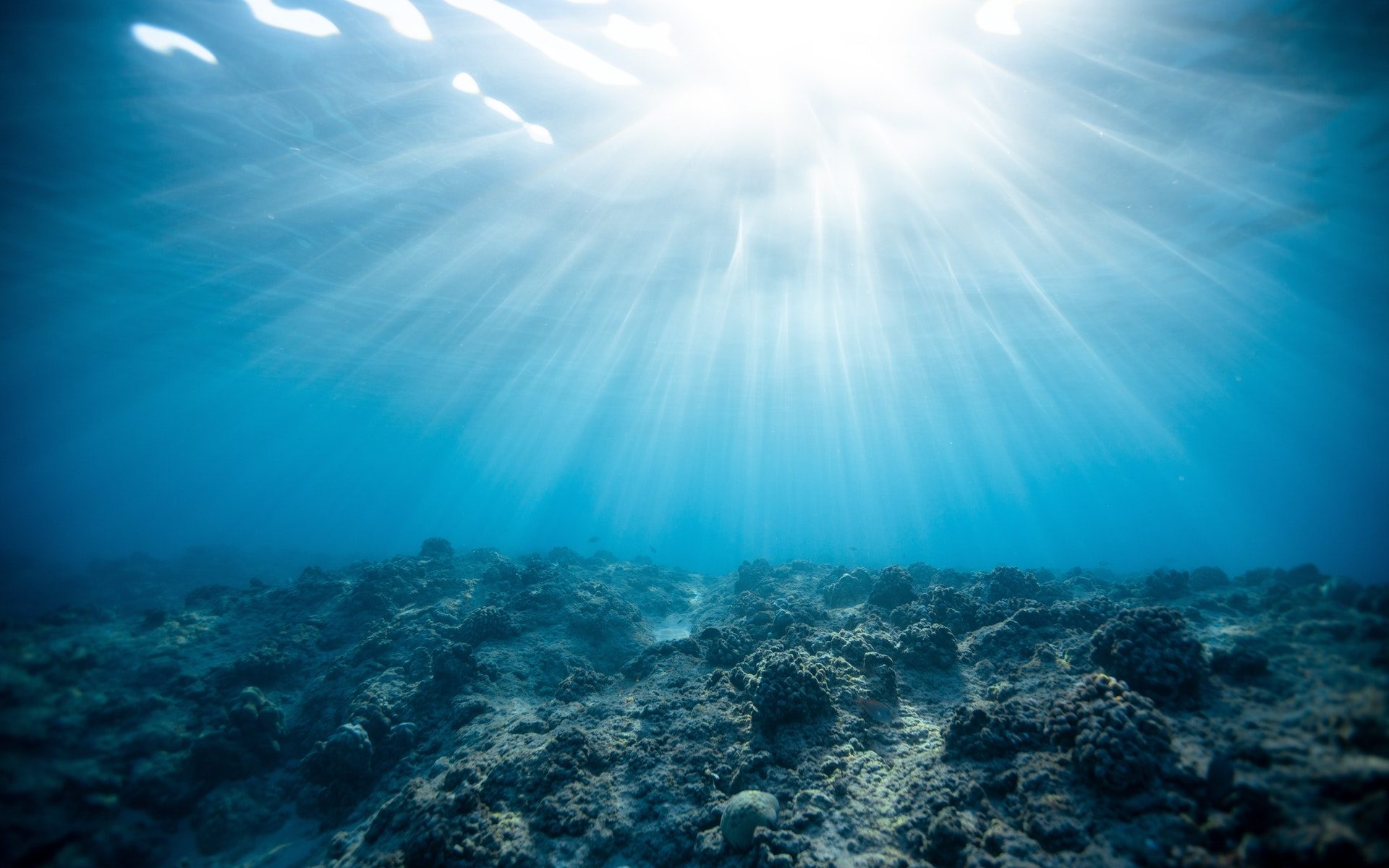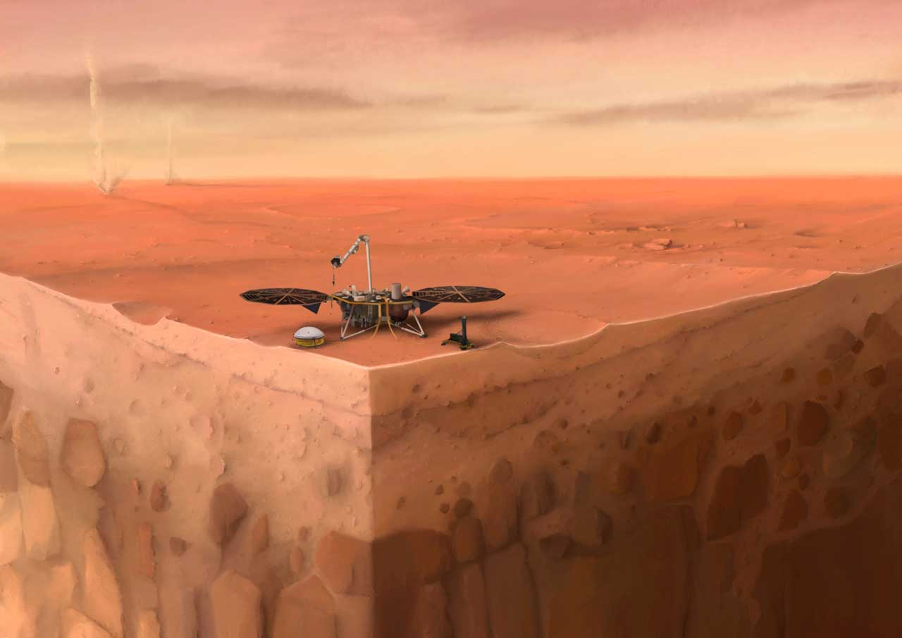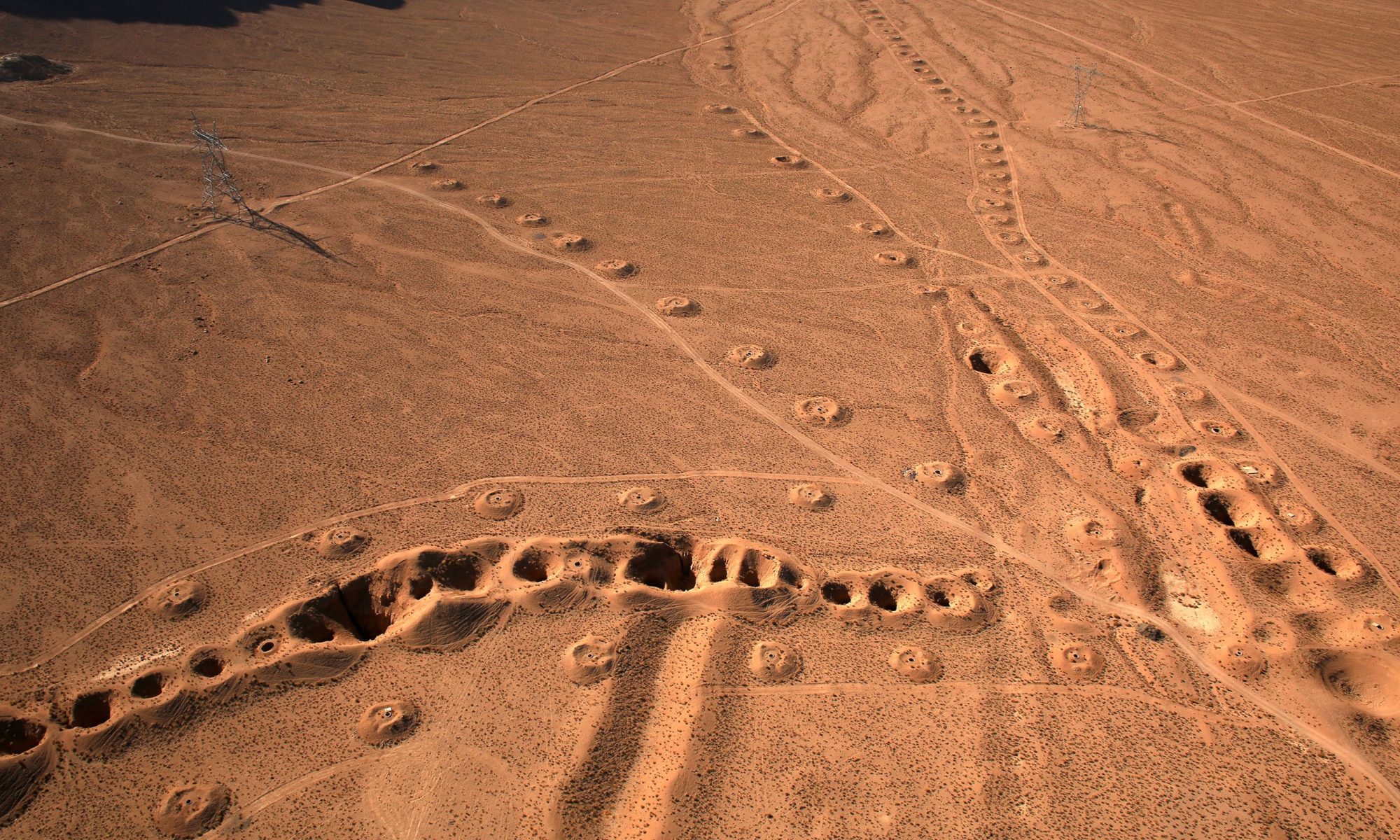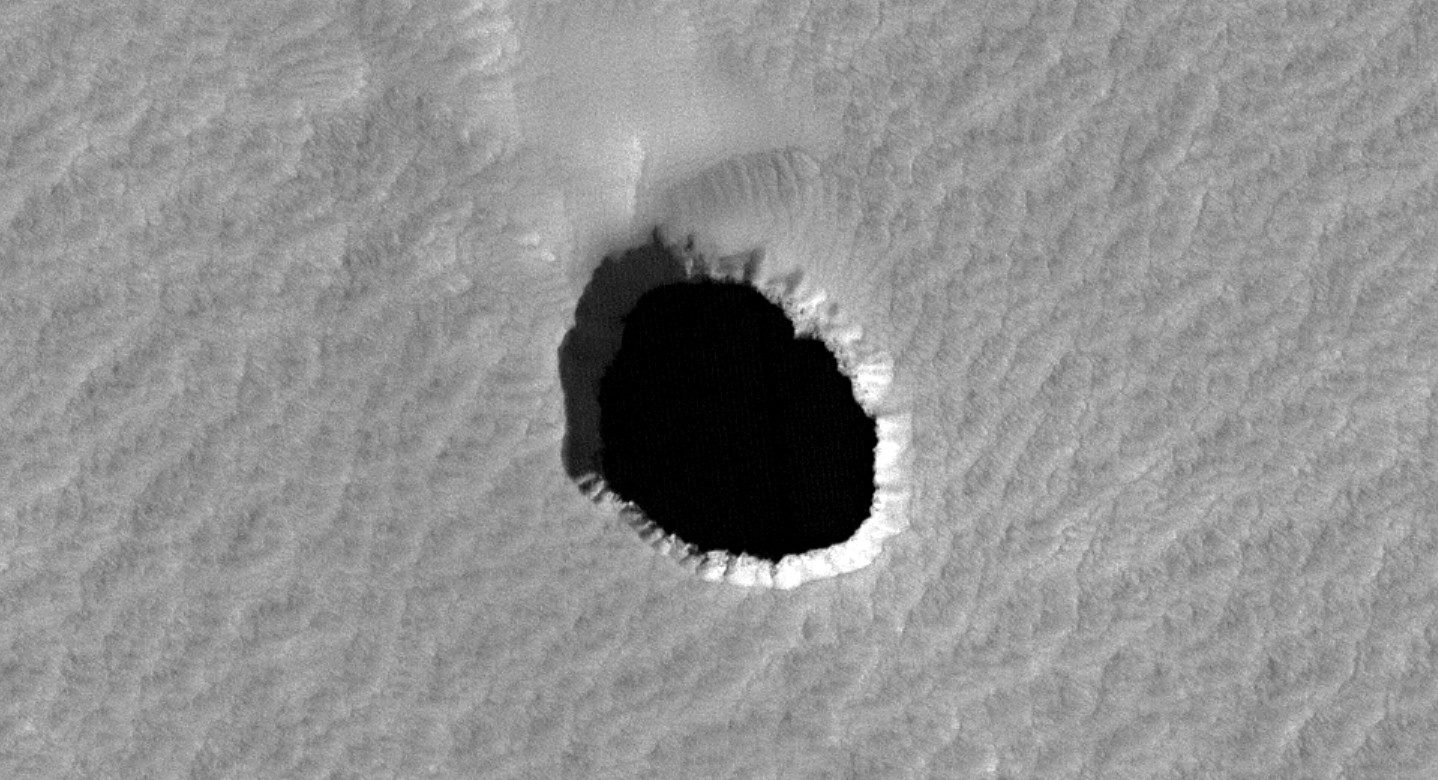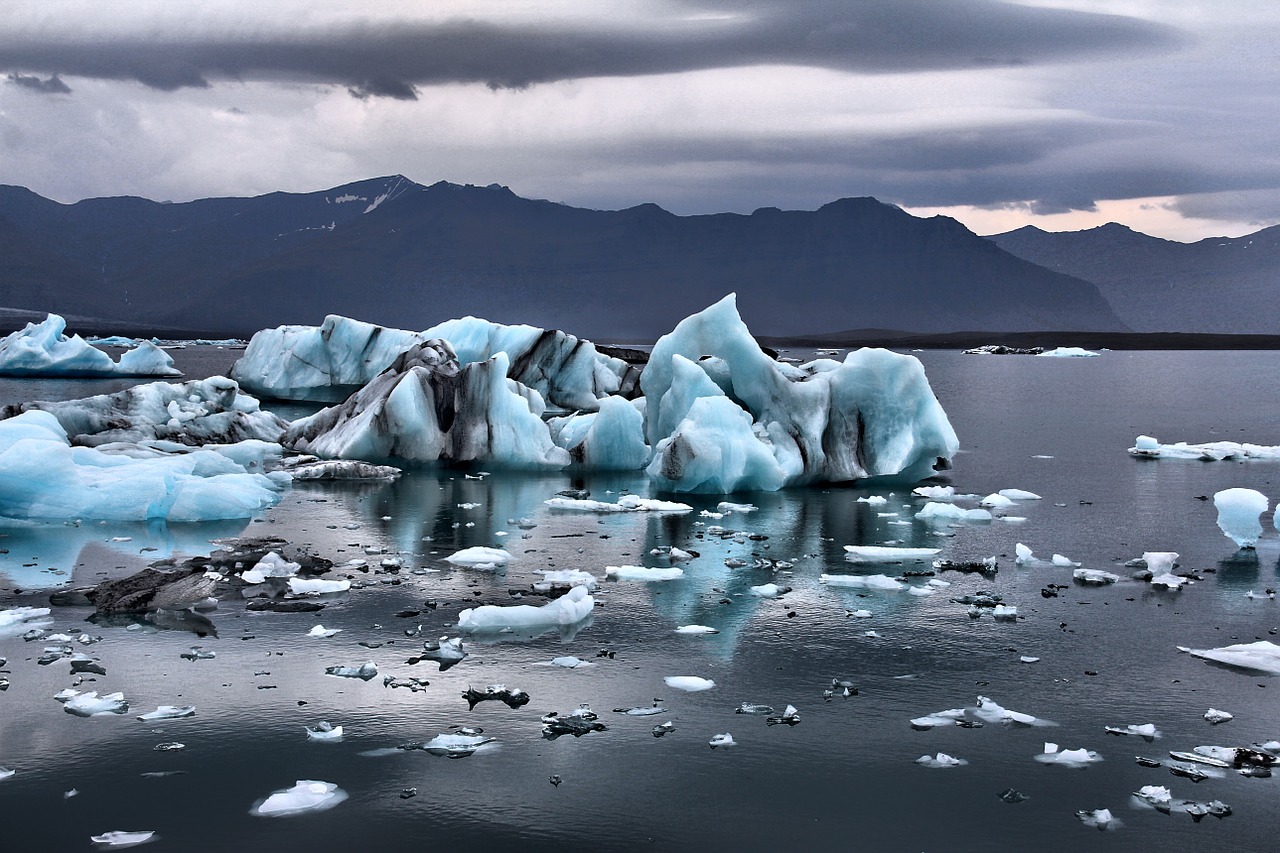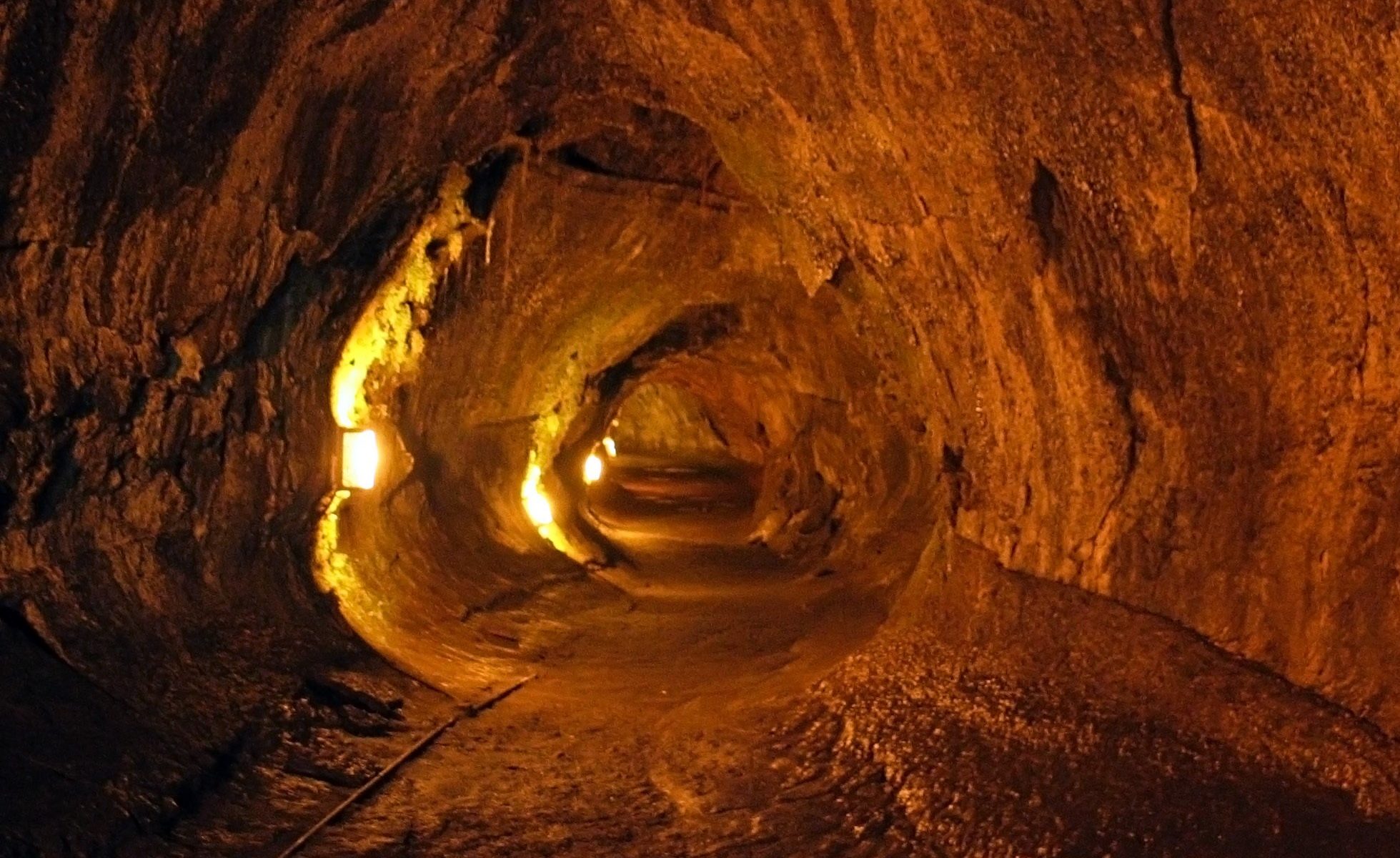Featured image: A hole with approximately 150 metres diameter, indicating a potential lava tube on Mars. Public Domain (NASA/JPL/University of Arizona).
Paper: Lava tubes on Earth, Moon and Mars: A review on their size and morphology revealed by comparative planetology
Authors: Francesco Sauro, Riccardo Pozzobon, Matteo Massironi, Pierluigi De Berardinis, Tommaso Santagata, Jo De Waele.
Editor’s note: due to an editorial mixup, two Geobites authors—unbeknownst to each other—wrote about the same paper. We encourage readers to take advantage of this opportunity to learn how two different geoscientists would describe the same exciting development in their field. The other post is here.
When you picture living on another planet, you probably don’t imagine living underground. But lava tubes – underground cave systems formed by flowing lava – are more sheltered from radiation and micrometeorites than the surface of the Moon or Mars. They are also more stable in temperature and could contain water ice. For these reasons both popular culture, such as the National Geographic Mars series, and scientists alike, have hypothesised that humans might live in them one day. Now, a new review and analysis study led by Francesco Sauro at the University of Bologna has sought to investigate potential lava tubes on both the Moon and Mars.
Continue reading “Lava tubes on the Moon and Mars might be big and stable enough for humans to live in”

